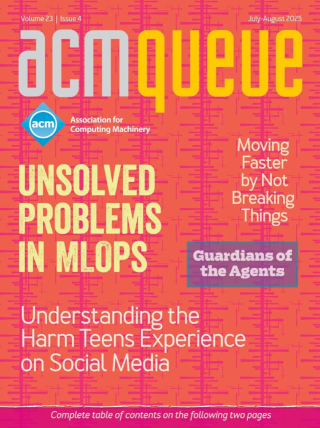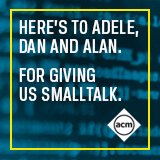
Raw Networking:
Relevance and repeatability
Dear KV, The company I work for has decided to use a wireless network link to reduce latency, at least when the weather between the stations is good. It seems to me that for transmission over lossy wireless links we’ll want our own transport protocol that sits directly on top of whatever the radio provides, instead of wasting bits on IP and TCP or UDP headers, which, for a point-to-point network, aren’t really useful.
HTTP/2.0 - The IETF is Phoning It In:
Bad protocol, bad politics
In the long run, the most memorable event of 1989 will probably be that Tim Berners-Lee hacked up the HTTP protocol and named the result the "World Wide Web." Tim’s HTTP protocol ran on 10Mbit/s, Ethernet, and coax cables, and his computer was a NeXT Cube with a 25-MHz clock frequency. Twenty-six years later, my laptop CPU is a hundred times faster and has a thousand times as much RAM as Tim’s machine had, but the HTTP protocol is still the same. A few days ago the IESG, The Internet Engineering Steering Group, asked for "Last Call" comments on new "HTTP/2.0" protocol before blessing it as a "Proposed Standard".
Go Static or Go Home:
In the end, dynamic systems are simply less secure.
Most current and historic problems in computer and network security boil down to a single observation: letting other people control our devices is bad for us. At another time, I’ll explain what I mean by "other people" and "bad." For the purpose of this article, I’ll focus entirely on what I mean by control. One way we lose control of our devices is to external distributed denial of service (DDoS) attacks, which fill a network with unwanted traffic, leaving no room for real ("wanted") traffic. Other forms of DDoS are similar: an attack by the Low Orbit Ion Cannon (LOIC), for example, might not totally fill up a network, but it can keep a web server so busy answering useless attack requests that the server can’t answer any useful customer requests. Either way, DDoS means outsiders are controlling our devices, and that’s bad for us.



